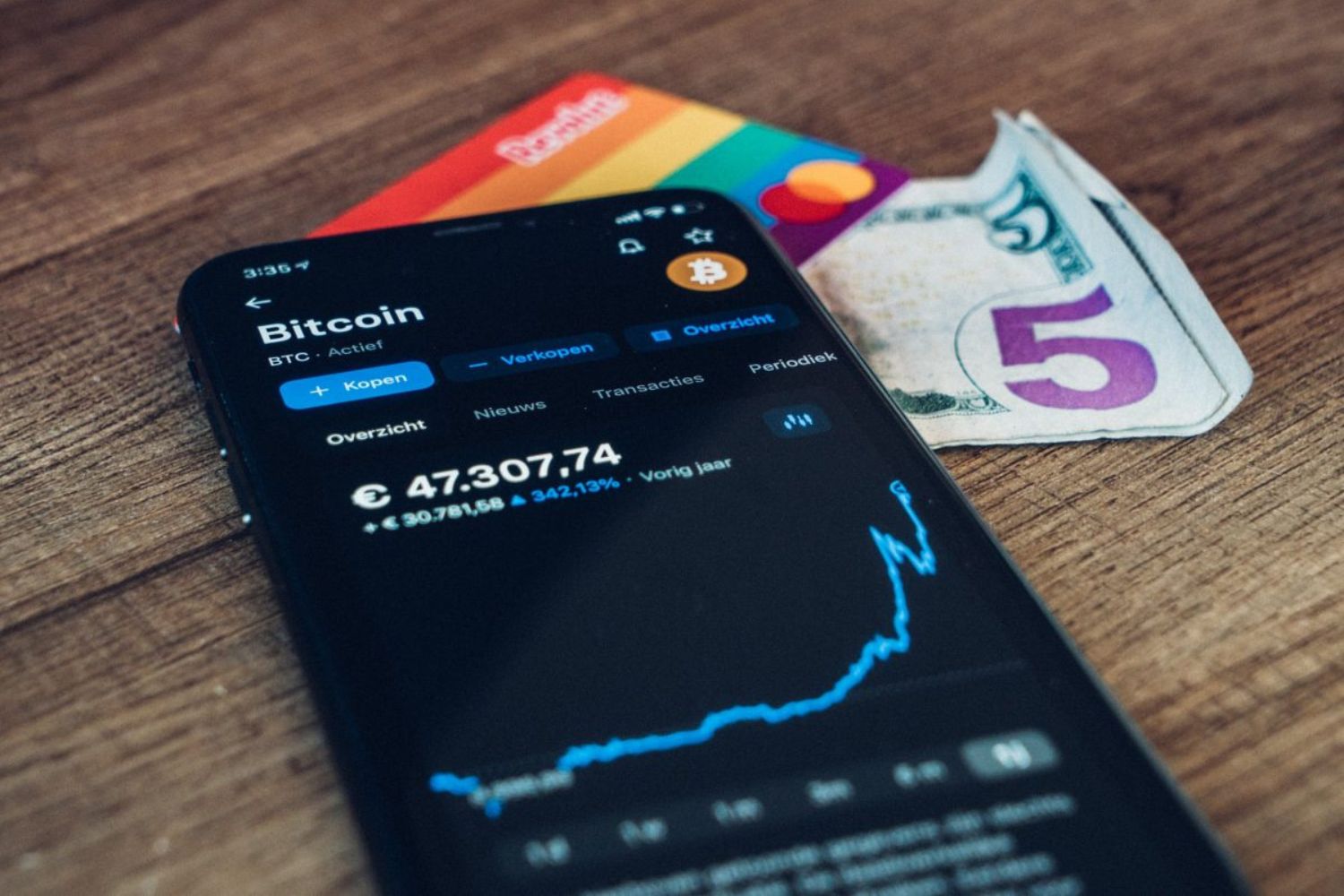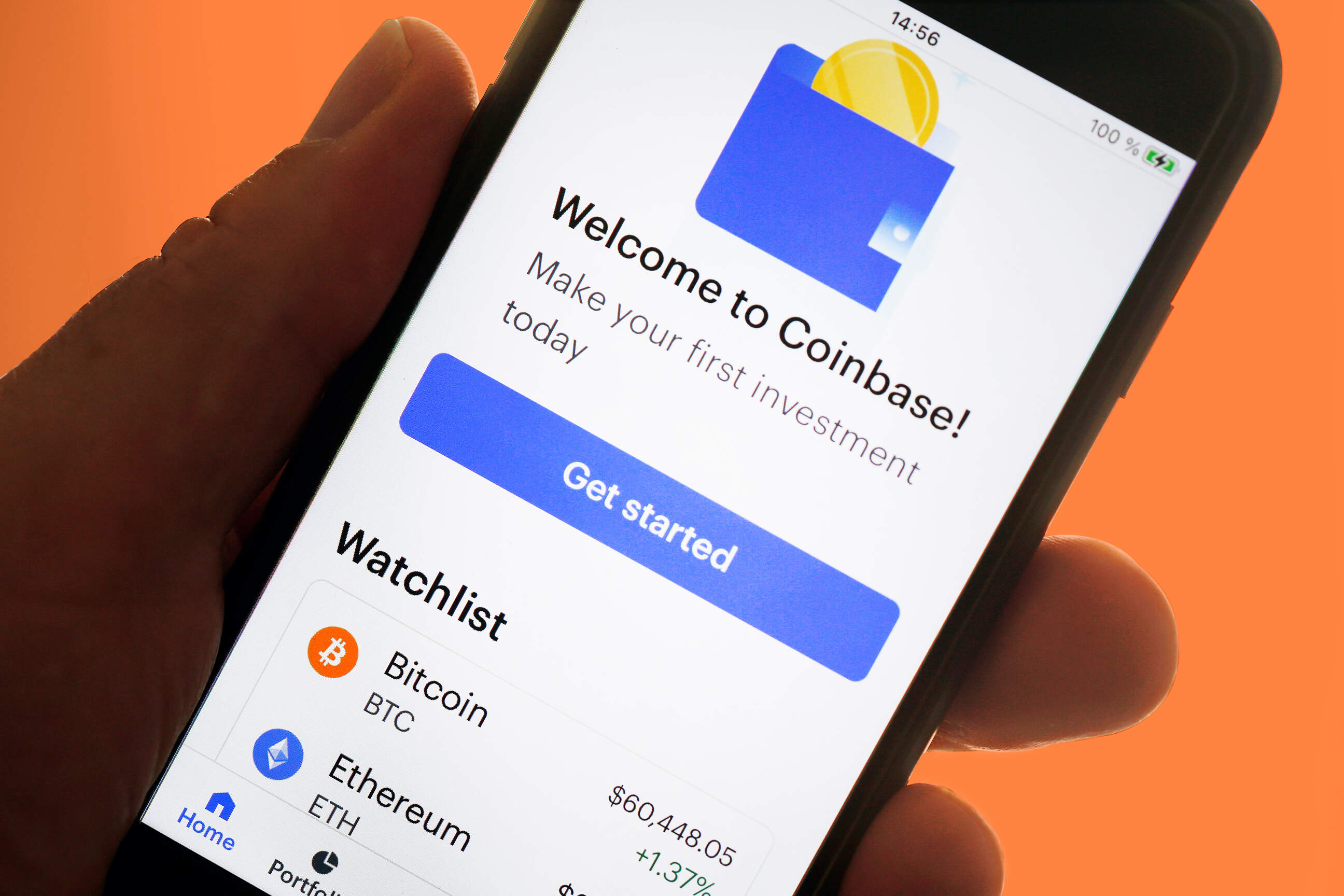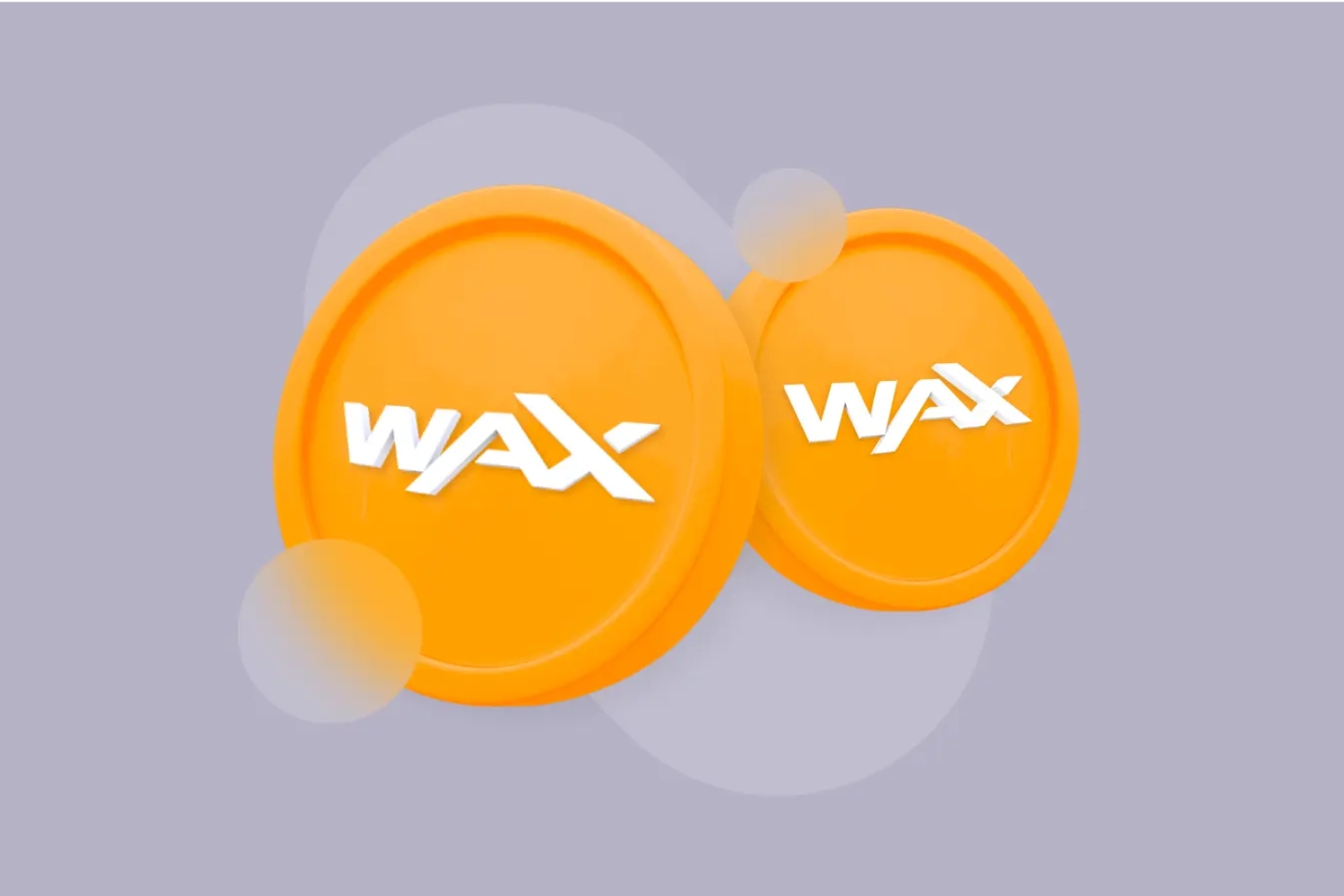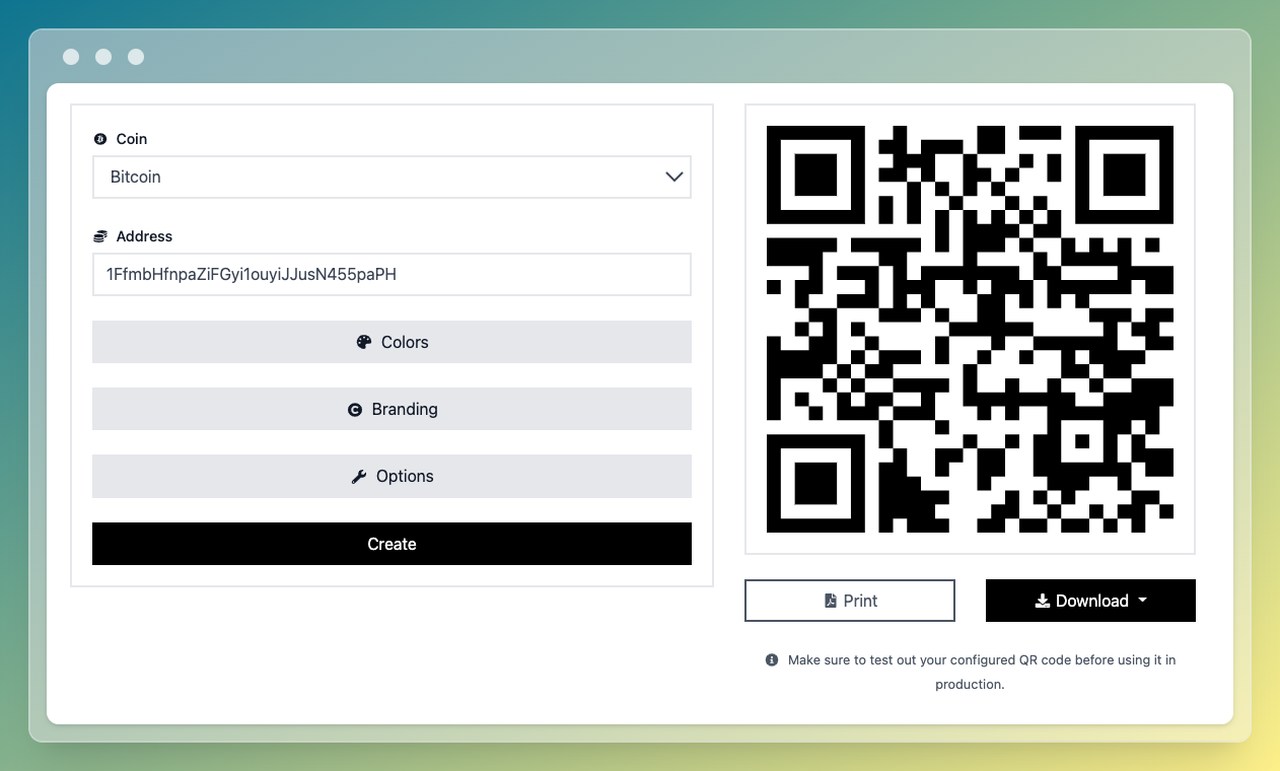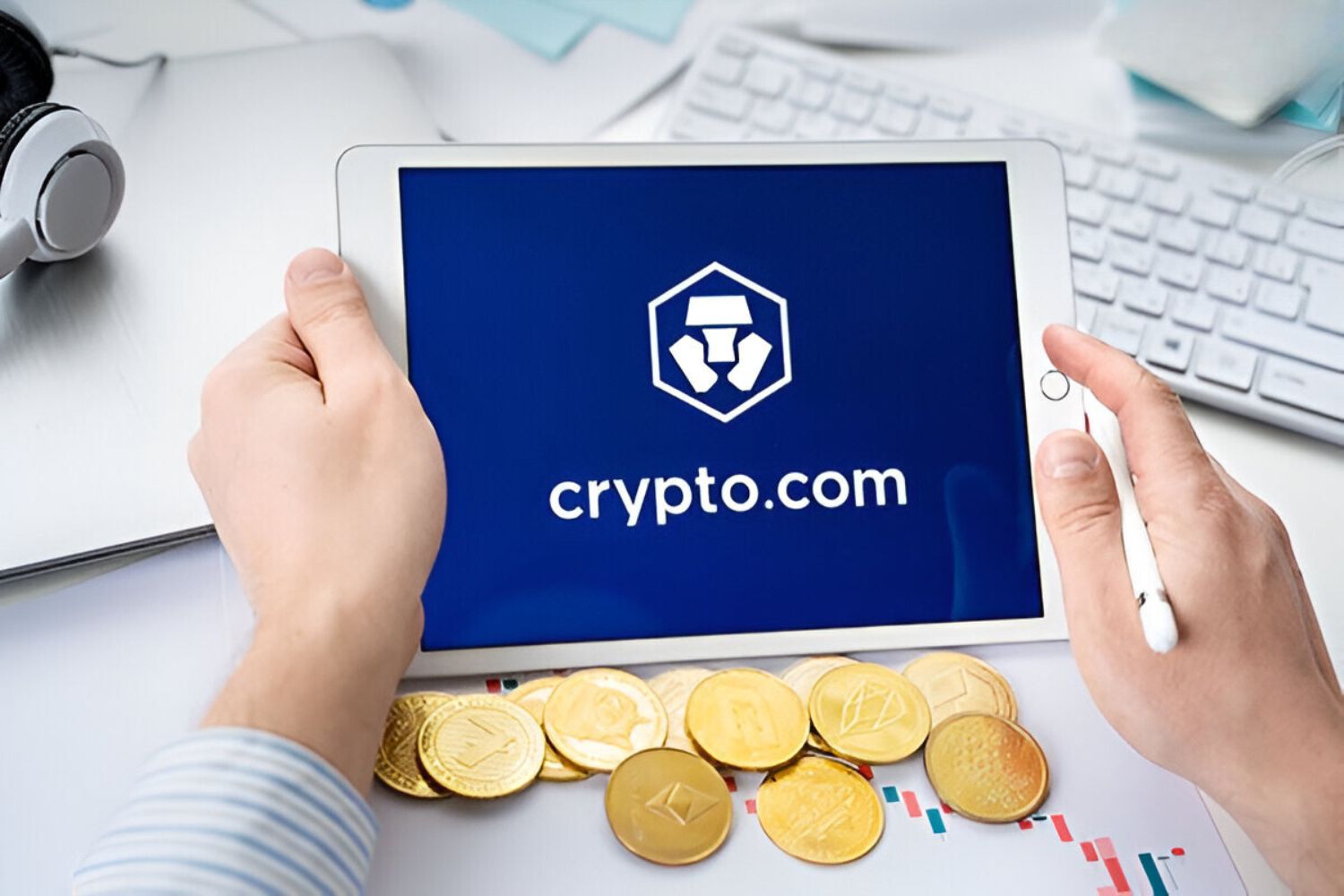Introduction
Welcome to the world of cryptocurrencies, where decentralized digital currencies have revolutionized the way we think about money. As more and more people are becoming interested in cryptocurrencies, it’s essential to have a secure and reliable way to store and manage your digital assets. This is where crypto wallets come into play.
A crypto wallet is a software or hardware device that allows you to securely store, send, and receive cryptocurrencies. It acts as a digital equivalent of a traditional wallet, but instead of holding physical cash and cards, it holds your private keys, which are used to access and manage your digital assets.
With a crypto wallet, you have full control over your funds and can make transactions without the need for intermediaries like banks. This level of control and anonymity is one of the main appeals of cryptocurrencies.
There are various types of crypto wallets available, each with its own unique features and security measures. From software wallets that can be installed on your computer or mobile device to hardware wallets that provide an extra layer of protection, you have plenty of options to choose from.
In this guide, we will walk you through the process of creating a crypto wallet step-by-step. We will also discuss the different types of wallets and help you choose the right one for your needs. Additionally, we will cover important security measures to consider and provide tips on how to protect and backup your crypto wallet.
Whether you’re new to cryptocurrencies or a seasoned crypto enthusiast, having a solid understanding of crypto wallets is essential. So let’s dive in and learn how to create your first crypto wallet.
What is a crypto wallet?
A crypto wallet is a digital tool that allows you to securely store, send, and receive cryptocurrencies. It consists of a combination of public and private keys. The public key acts as your wallet address, which is used to receive funds, while the private key is a secret code that grants you access to your funds and enables you to make transactions.
Think of a crypto wallet as a digital bank account. It provides you with a unique address where you can receive funds from others, and it also allows you to send funds to other wallet addresses. However, unlike traditional bank accounts, crypto wallets are not held or managed by any centralized authority. Instead, they are decentralized, which means you have full control over your funds.
There are different types of crypto wallets, each offering different levels of security and convenience. Software wallets, also known as hot wallets, are applications that you can install on your computer or mobile device. They offer quick and easy access to your funds but may be more susceptible to hacking or malware attacks.
On the other hand, hardware wallets are physical devices designed specifically for storing cryptocurrencies. They are considered the most secure option as they keep your private keys offline and out of reach from potential hackers. Hardware wallets are often recommended for those who hold large amounts of cryptocurrencies or prioritize maximum security.
Web wallets, also known as online wallets, are another type of crypto wallet. They are hosted by a third-party service provider and can be accessed from any device with an internet connection. While web wallets offer convenience, they may be less secure compared to software or hardware wallets as they rely on the security measures implemented by the service provider.
Ultimately, the choice of which type of crypto wallet to use depends on your specific needs and preferences. It’s important to consider factors such as security, ease of use, accessibility, and the specific cryptocurrencies you plan to store before making a decision.
In the next section, we will guide you through the step-by-step process of creating a crypto wallet, regardless of the type you choose.
Different types of crypto wallets
When it comes to choosing a crypto wallet, it’s important to understand the different types available and their unique features. Here are the three main types of crypto wallets:
- Software Wallets (Hot Wallets): Software wallets are applications that you can download and install on your computer or mobile device. They provide convenient access to your cryptocurrencies, allowing you to easily send, receive, and manage your funds. Software wallets are connected to the internet, which makes them more susceptible to hacking or malware attacks compared to other types of wallets. However, they are often praised for their user-friendly interfaces and ease of use. Examples of popular software wallets include Electrum, Exodus, and Jaxx.
- Hardware Wallets (Cold Wallets): Hardware wallets are physical devices designed to securely store your cryptocurrencies offline. They provide an extra layer of protection as they keep your private keys isolated from internet-connected devices. Hardware wallets are considered one of the most secure ways to store your digital assets since they are immune to malware attacks. These wallets require a physical connection, such as a USB, to access and sign transactions. Some popular hardware wallet brands include Ledger, Trezor, and KeepKey.
- Web Wallets (Online Wallets): Web wallets are hosted on the servers of third-party service providers, allowing you to access your cryptocurrencies from any device with an internet connection. They are convenient for frequent transactions and easy to set up. However, since your private keys are stored on the service provider’s servers, there is a risk of hacking or phishing attacks. It’s crucial to choose a reputable web wallet provider and enable two-factor authentication for added security. Examples of web wallets are Coinbase, MyEtherWallet, and Blockchain.com.
Each type of crypto wallet has its own advantages and disadvantages. Software wallets are great for quick and easy access, but they might not offer the same level of security as hardware wallets. Hardware wallets, on the other hand, provide the highest level of security but can be less user-friendly for beginners. Web wallets strike a balance between convenience and security, but you need to trust the service provider with the safety of your funds.
It’s important to consider your specific requirements, level of experience, and security concerns when choosing a crypto wallet. Also, keep in mind that you can have multiple wallets to diversify your holdings and use different types of wallets for different purposes.
Now that you have an understanding of the different types of crypto wallets, let’s move on to the step-by-step process of creating a crypto wallet.
Step-by-step guide to create a crypto wallet
Creating a crypto wallet is a straightforward process that involves a few simple steps. Whether you choose a software wallet, hardware wallet, or web wallet, the basics of creating a wallet remain the same. Here’s a step-by-step guide to help you create your first crypto wallet:
- Research and choose a wallet: Before creating a wallet, research and choose the type of wallet that suits your needs and preferences. Consider factors such as security, convenience, and compatibility with the cryptocurrencies you plan to store.
- Visit the wallet provider’s website or download the app: Once you’ve decided on a wallet, visit the provider’s official website or download the app from a trusted source. Be cautious of phishing attempts and only download from reliable sources.
- Click on “Create new wallet” or similar: On the wallet provider’s website or app, look for the option to create a new wallet. Click on it to begin the process.
- Set a strong password: When creating a wallet, you will be prompted to set a password. Choose a strong and unique password to ensure the security of your wallet. Avoid using common words or easily guessable combinations.
- Write down your recovery phrase: During the wallet creation process, you will usually be provided with a recovery phrase or seed phrase. This is a sequence of words that can be used to recover your wallet if you forget your password or lose access to your device. Write down the recovery phrase and store it in a safe and secure place. Never share it with anyone.
- Verify and activate your wallet: Depending on the wallet provider, you may need to verify your email address or phone number to activate your wallet. Follow the instructions provided to complete the verification process.
- Secure your wallet: After creating your wallet, take additional security measures to protect it. Enable two-factor authentication (2FA) if available, and consider using a hardware wallet for enhanced security.
- Receive and send cryptocurrencies: With your wallet set up, you can now receive cryptocurrencies by sharing your wallet address with others. To send cryptocurrencies, enter the recipient’s wallet address and the amount you wish to send. Double-check all the details before confirming the transaction.
Remember to regularly update your wallet software or firmware and keep your recovery phrase secure. It’s also recommended to regularly back up your wallet to an external device or another secure location in case of any unforeseen circumstances.
By following these steps, you will have successfully created your own crypto wallet. Now, let’s move on to the next section, where we will discuss how to choose the right crypto wallet that suits your specific needs.
Choosing the right crypto wallet for your needs
Choosing the right crypto wallet is a crucial decision as it directly impacts the security and convenience of managing your digital assets. Here are several factors to consider when selecting a crypto wallet that fits your needs:
- Security: One of the most important considerations is the security of the wallet. Look for wallets that offer robust security features such as encryption, two-factor authentication (2FA), and offline storage for private keys. Hardware wallets are generally considered the most secure option due to their offline storage and additional layers of protection.
- Coin compatibility: Ensure that the wallet supports the cryptocurrencies you plan to store. Not all wallets support every digital currency, so it’s important to check the wallet’s compatibility list before creating an account.
- User experience: Consider the user interface and overall user experience of the wallet. Look for wallets that are easy to navigate, have clear instructions, and provide a seamless user experience for transactions and account management. Software wallets are often preferred for their user-friendly interfaces.
- Backup and recovery options: Check if the wallet provides options for backing up and recovering your wallet in case of loss, damage, or theft. The ability to recover your wallet using a seed phrase or recovery phrase is essential in maintaining access to your funds.
- Development and reputation: Research the wallet provider’s reputation and the development team behind the wallet. Look for wallets that have been around for a while, regularly update their software, and have a strong reputation for security and customer support.
- Mobile vs. desktop: Determine whether you prefer a mobile or desktop wallet. Mobile wallets provide convenience and allow you to manage your funds on the go, while desktop wallets offer more control and security as they are not connected to the internet at all times. Consider your lifestyle and preferences when making this choice.
- Additional features: Some wallets offer additional features such as built-in exchange services, multi-signature support, or the ability to stake or earn interest on your cryptocurrencies. Consider if these additional features align with your investment or usage strategy.
It’s also worth noting that you don’t have to limit yourself to just one crypto wallet. Depending on your needs, you may choose to have multiple wallets for different purposes or to diversify your holdings.
By carefully considering these factors, you can make an informed decision and choose the crypto wallet that best suits your specific needs. Keep in mind that the security and protection of your funds should be a top priority, so take the time to research and select a reputable wallet provider.
In the next section, we will discuss important security measures to consider for your crypto wallet.
Security measures to consider for your crypto wallet
Securing your crypto wallet is of utmost importance to protect your digital assets from unauthorized access or theft. Here are some essential security measures to consider for your crypto wallet:
- Choose a strong and unique password: Set a strong password for your wallet that consists of a combination of uppercase and lowercase letters, numbers, and special characters. Avoid using easily guessable information like birthdates or common words.
- Enable two-factor authentication (2FA): Activate two-factor authentication for your wallet, which adds an extra layer of protection. This typically involves linking your wallet to an authentication app on your mobile device or receiving verification codes via SMS.
- Keep your wallet software up to date: Regularly update your wallet software or firmware to ensure you have the latest security patches and bug fixes. Wallet providers often release updates to address vulnerabilities and enhance security measures.
- Use a hardware wallet: Consider using a hardware wallet for enhanced security. Hardware wallets keep your private keys offline and protected from malware or hacking attempts. Ensure that you purchase the hardware wallet from an authorized and reputable reseller.
- Back up your wallet: Create a backup of your wallet and store it in a separate location. This is crucial in case your device gets lost, stolen, or damaged. Follow the backup instructions provided by your wallet provider and ensure you securely store your recovery phrase.
- Be cautious of phishing attempts: Be vigilant of phishing attempts, where scammers try to trick you into revealing sensitive information. Always double-check the website’s URL before entering your wallet credentials, and never share your private keys or recovery phrase with anyone.
- Secure your devices: Ensure that the devices you use to access your wallet, such as computers and mobile devices, are protected with strong passwords and updated security software. Avoid using public Wi-Fi networks when making transactions to minimize the risk of interception.
- Separate your funds: Consider splitting your cryptocurrency holdings across multiple wallets to minimize the potential loss if one wallet is compromised. This strategy is known as “wallet diversification” and can help mitigate risks.
Remember, security measures are essential, but so is user responsibility. Stay informed about the latest security practices and be cautious when interacting with your wallet and digital assets. Regularly review and reinforce your security measures to adapt to the evolving threat landscape and ensure the safety of your crypto wallet.
In the next section, we will discuss how to protect and backup your crypto wallet to prevent permanent loss of funds.
How to protect and backup your crypto wallet
Protecting and backing up your crypto wallet is crucial to safeguard your digital assets from loss or theft. Here are some important steps to follow:
- Use strong security measures: Implement the security measures discussed earlier, such as setting a strong password and enabling two-factor authentication (2FA). These measures add an extra layer of protection to your wallet and make it more difficult for unauthorized individuals to access your funds.
- Keep your wallet software up to date: Regularly update your wallet software or firmware to ensure you have the latest security patches and bug fixes. This helps protect your wallet from potential vulnerabilities that could be exploited by attackers.
- Backup your wallet regularly: Create backups of your wallet and store them in multiple secure locations. Use the backup functionality provided by your wallet software, which typically involves generating a recovery phrase or seed phrase. Write down this phrase on paper and keep it in a safe place separate from your devices.
- Store backups offline: Consider storing your wallet backups offline, such as on a hardware wallet or encrypted USB drive. This ensures that even if your computer or mobile device is compromised, you will still have access to your funds using the backup.
- Test the backup: After creating a backup, test it to ensure that you can successfully restore your wallet using the recovery phrase. This will give you confidence in knowing that you can recover your funds if necessary.
- Be cautious with public information: Be mindful of the information you share publicly related to your wallet. Avoid posting your wallet address or transaction details on public forums or social media platforms, as this can make you a target for scammers and hackers.
- Use offline or hardware wallets for large holdings: If you have a significant amount of cryptocurrencies, consider using offline wallets or hardware wallets for enhanced security. These wallets keep your private keys offline, reducing the risk of online attacks.
- Regularly review and update your security practices: Stay updated with the latest security practices and be proactive in strengthening your wallet’s security. Stay informed about any new vulnerabilities or threats and adapt your security measures accordingly.
By following these steps, you can better protect and backup your crypto wallet, reducing the risk of permanent loss or theft of your digital assets. Remember, the responsibility lies with you to ensure the security and safety of your wallet and funds.
In the next section, we will discuss storing and managing multiple crypto wallets.
Storing and managing multiple crypto wallets
As you become more involved in the world of cryptocurrencies, you may find it beneficial to have multiple crypto wallets. Managing multiple wallets allows you to segregate your funds, diversify your holdings, and maintain better control over your digital assets. Here are some tips for storing and managing multiple crypto wallets:
- Keep track of your wallets: Create a secure system to keep track of your wallets, including their addresses, associated recovery phrases, and any other relevant information. Consider using a password manager or encrypted document to store this information.
- Differentiate your wallets: If you have multiple wallets, assign each wallet a specific purpose or use case. For example, one wallet can be designated for long-term investments, another for daily transactions, and another for specific projects or tokens. This helps you organize and manage your funds effectively.
- Use different types of wallets: Consider diversifying your wallet types for added security and convenience. For instance, you may use a hardware wallet for large holdings, a mobile wallet for daily transactions, and a software wallet for specific purposes. This way, even if one wallet is compromised, your other wallets remain secure.
- Regularly review your wallets: Periodically review your wallets and reassess their security measures. Ensure that your wallets are up to date with the latest software versions and security patches. If any wallet is no longer in use or has become unnecessary, consider closing or consolidating it.
- Consider multi-signature wallets: Multi-signature wallets require multiple private key signatures to authorize transactions, adding an extra layer of security. This can be useful for managing wallets collectively with trusted individuals or for safeguarding funds in case of a compromised private key.
- Backup all wallets: Just as you would backup a single wallet, make sure to regularly backup all your wallets. Keep the backup copies of each wallet in separate, secure locations. This way, you can restore any of your wallets if needed without the risk of losing your funds.
- Stay organized: Maintain a clear record of your wallets, their purposes, and their backup locations. This organization will make it easier for you to manage and retrieve information about your wallets when needed.
- Be mindful of fees: Keep in mind that each wallet may have its own fee structure for transactions and storage. Be aware of the fees associated with each wallet and consider the costs when managing your funds across multiple wallets.
By implementing these practices, you can effectively store and manage multiple crypto wallets, ensuring the security and organization of your digital assets.
In the next section, we will conclude our guide on creating and managing crypto wallets by summarizing the key points discussed.
Conclusion
Crypto wallets play a vital role in the world of cryptocurrencies, providing a secure and convenient way to store, send, and receive digital assets. Throughout this guide, we have explored the different types of crypto wallets, including software wallets, hardware wallets, and web wallets. We have also discussed the step-by-step process of creating a crypto wallet, highlighted important security measures, and covered the importance of protecting and backing up your wallet.
When choosing a crypto wallet, consider factors such as security, coin compatibility, user experience, and additional features. Take the time to research and select a reputable wallet provider that meets your specific needs and preferences. It’s also worth considering diversifying your holdings and using different types of wallets for different purposes.
To ensure the security of your wallet, implement strong passwords, enable two-factor authentication (2FA), keep your wallet software up to date, and regularly back up your wallet. Be cautious with public information, and consider using hardware wallets or offline storage options for added security.
Managing multiple crypto wallets allows you to segregate your funds, diversify your holdings, and maintain better control over your digital assets. Keep track of your wallets, differentiate their purposes, regularly review their security measures, and backup each wallet in secure locations.
Ultimately, the safety and security of your crypto wallet and funds are in your hands. Stay informed about the latest security practices and remain vigilant to protect yourself from potential threats in the ever-evolving crypto landscape.
We hope this guide has provided you with valuable insights into creating and managing crypto wallets. By following the steps and adopting the recommended security measures, you can confidently navigate the world of cryptocurrencies and protect your digital assets.







